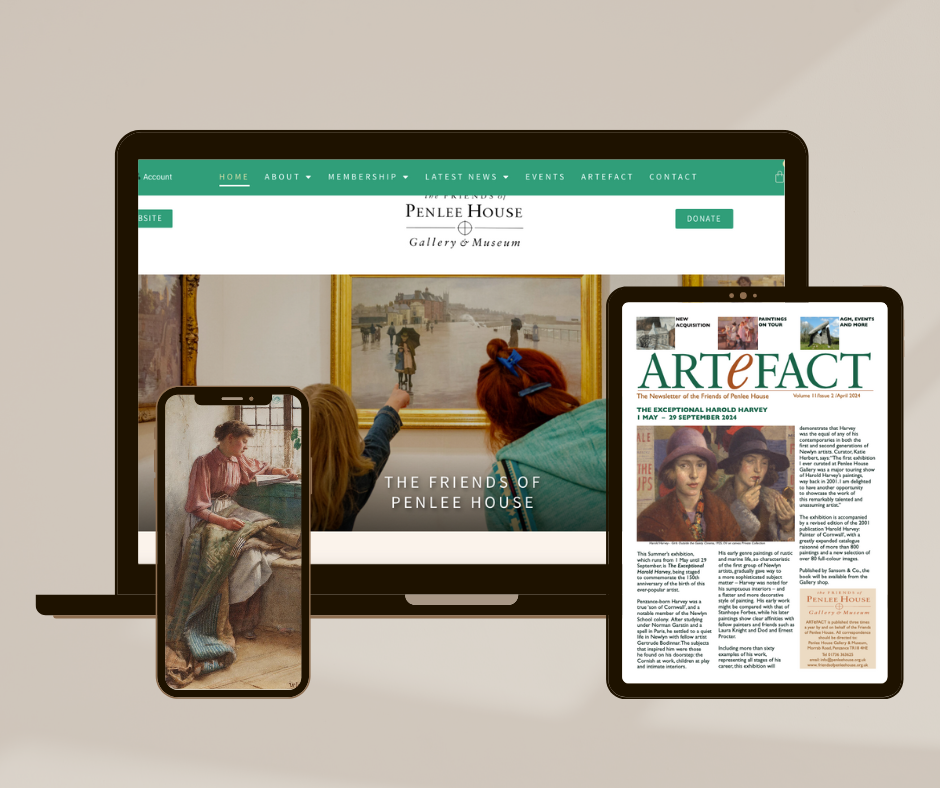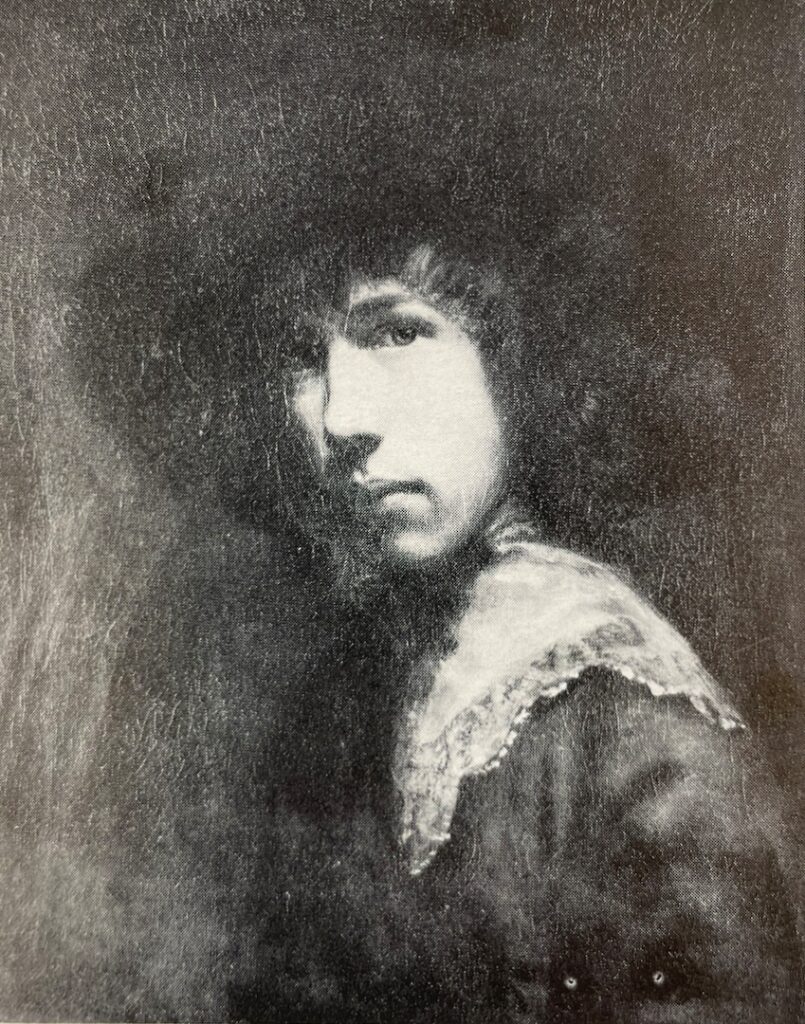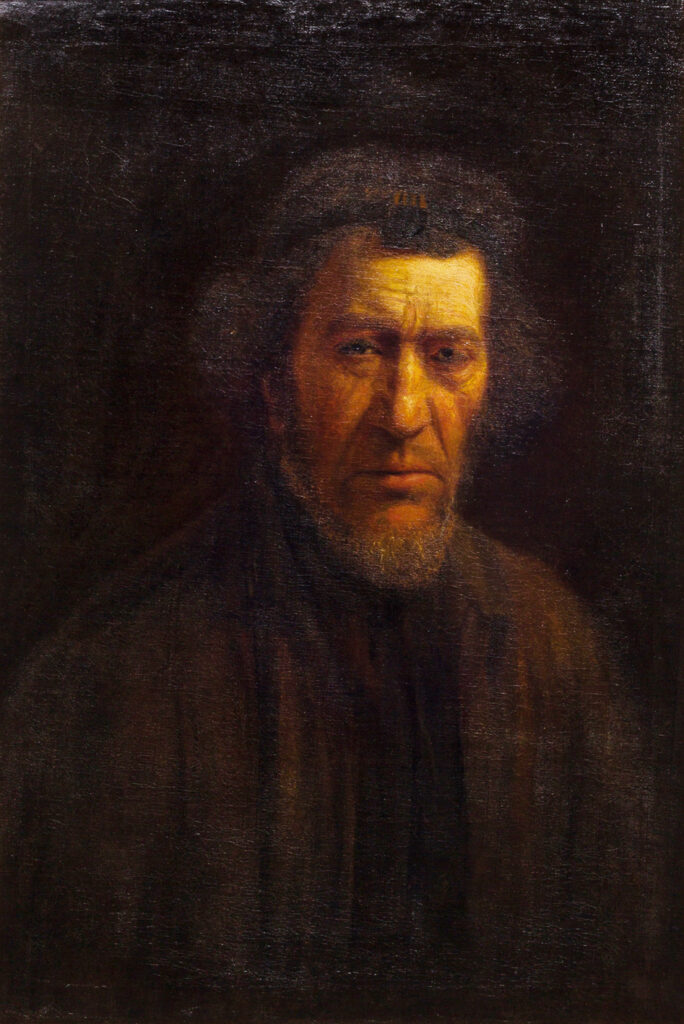
By Lawrence Hendra
In 1782, John Opie (or ‘The Cornish Wonder’, as he became known), leapt out of his carriage at Buckingham Palace with four canvasses under his arm. He had arrived in London the year before and had already gained considerable fame amongst the upper echelons of society for his strikingly lifelike portraits and characterful genre paintings. Dukes and Duchesses, Earls and Countesses were illustrious patrons, but there was one person who every artist in London wanted an audience with – King George III. Through the offices of his friend, mentor and business partner Dr John Wolcot this moment had now come, and here he stood, aged only 21, about to meet the most influential patron of the arts in Britain.
Opie’s rise to fame was impressive, not least considering his humble origins. Born in St Agnes in 1761, Opie showed an early interest in drawing, but as the son of a mine carpenter his virtuoso studies of people and places were considered little more than fleeting juvenilia, soon to be forgotten as adult life beckoned. His talents, however, did not go unnoticed and one day, whilst visiting a patient in Mithian, Dr Wolcot chanced upon a collection of drawings by Opie and asked to meet the young artist. Finding him in a saw pit, he asked young Opie to fetch some more examples of his recent work. In later life Wolcot reminisced how ‘he should always have in his ears the sound of the boy’s leather apron clattering between his knees as he ran eagerly to bring proofs of his graphic skill’. Suitably impressed, Wolcot bought him out of his apprenticeship and Opie then moved into Wolcot’s house in Truro where, surrounded by original paintings by Reynolds and prints by all the great artists of the day, Opie was able to focus on his art. Wolcot was an astute businessman and was well acquainted with the grand families of Cornwall, some of whom, he thought, might like their portraits painted by the young genius from St Agnes. Over the next few years Opie travelled around Cornwall painting portraits of well-to-do families in places such as Padstow, Penryn, Penzance, Fowey and Falmouth. He also had time to paint a few self-portraits, one of which, illustrated here, shows him in a historical garb with a determined look in his eye.

As time passed, Opie and Wolcot looked further afield for new opportunities and by 1780 it was decided that they should move to London.
Opie’s talents combined with Wolcot’s connections resulted in a stampede of well-heeled patrons, flooding through the doors of Opie’s studio in Orange Court (where the National Portrait Gallery now stands), all hoping to see the exciting new artist. Wolcot encouraged Opie to play down his intelligence and instead crafted a reputation for Opie as a self-taught country savage, hoping this would help him stand out in the already saturated market for portrait painting in London. Although Opie would later resent Wolcot for introducing him to high society in this way, at the time it proved immensely effective and helped lay the foundations for his meeting with the King who was equally intrigued by the so-called self-taught savage.
As Opie stood outside the palace he must have wondered if he had chosen the right works to show the King. The paintings he brought with him were all depictions of interesting Cornish characters, painted in a dramatically lit Rembrandt-esque style. They were ‘An Old Jew’, ‘A Beggar and His Dog’, ‘Old Kneebone of Helston’ and a painting of a beggar called Old Trevenen. Two of these works, ‘Old Kneebone of Helston’ and ‘An Old Jew’ are now part of the collection at Penlee House Gallery and Museum, having been acquired in 2008 and 2016 respectively.

The meeting was a great success and the King spent over an hour and a half with Opie who was also introduced to the Queen. In fact, the King was so impressed with Opie’s work that he bought the painting of the beggar with his dog for his collection – its whereabouts, however, is now unknown. The other three works were all acquired by Mr Davies Giddy, an early patron of Opie’s from Cornwall, and passed through various collections until they were acquired by Penlee.

Both works can be considered masterpieces from Opie’s early career and are now reunited after 230 years apart. Standing in front of them, as Opie and King George III had done all those years ago, you cannot help but admire Opie’s dogged determination to succeed as an artist against all odds. His remarkable trajectory from St Agnes to Buckingham Palace was as inspiring then and it is now, and as you stare at the swift, confident strokes of paint across both canvasses, marvelling as the King had done in 1781, you soon realise why he was called ‘The Cornish Wonder’.
The Friends of Penlee House is a registered charity (No: 1001644), the object of which is to support the aims and activities of Penlee House Gallery and Museum, home to the county’s best known collection of work by artists of the Newlyn School.